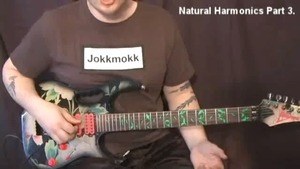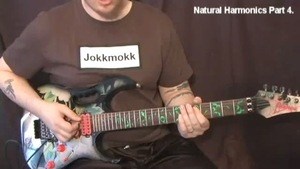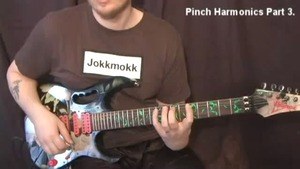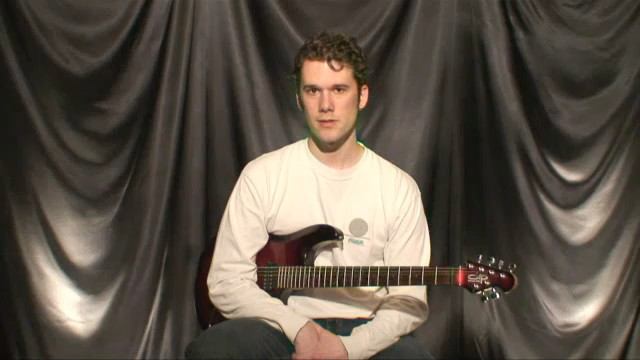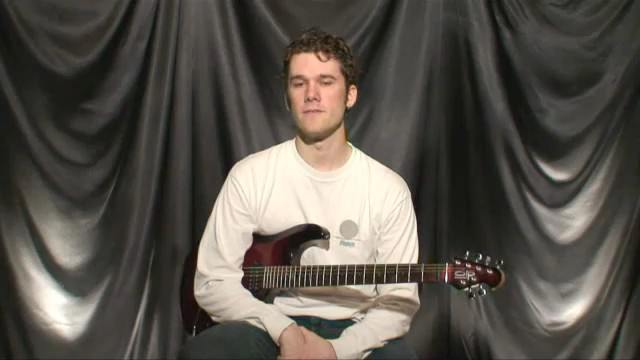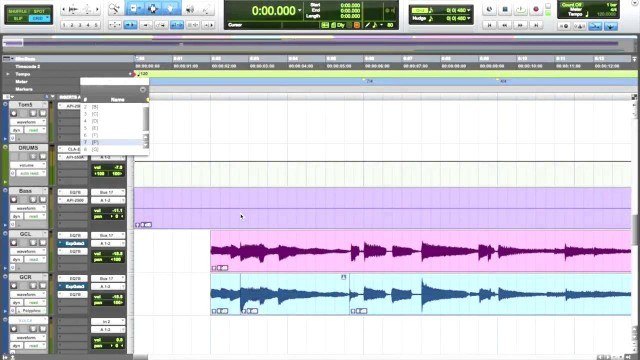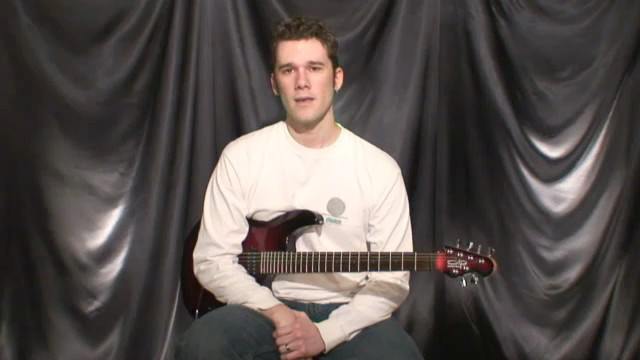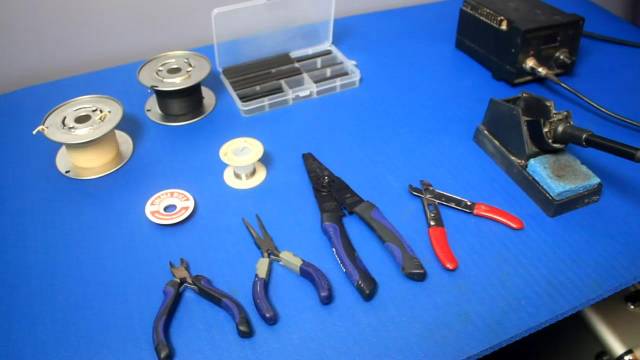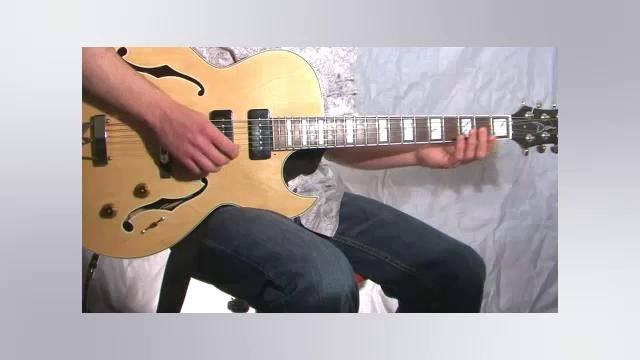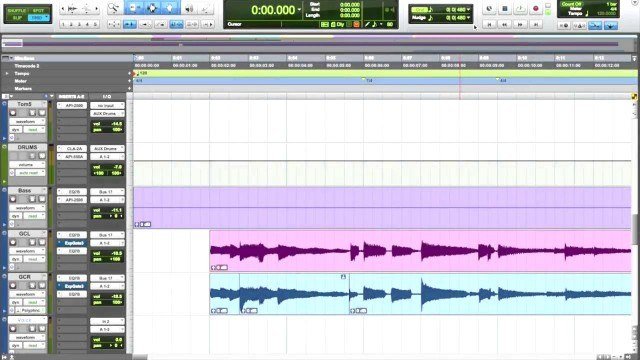Greetings Guitar Slingers!
Welcome to yet another (long) tutorial from yours truly. This time we will dive deep into the wonderful world of Harmonics! The theory, concepts and practice of harmonics in all its various incarnations are more often than not VERY misunderstood, and can be a source of great confusion. I will do my best to help you make heads and tails of this mess. =)
The very first thing you should take with you when heading into this tutorial is this; there are no “different” types of harmonics, they are ALL the same!! Regardless of technique used, the physics and theory behind it is ALWAYS the same.
To help you gain not just the common practical know-how about harmonics, but also to gain a deep theoretical and conceptual knowledge of the subject, there will be need for much discourse on my behalf. Since this is also such a misunderstood subject, problems with notation (tabbing) the contents of this tutorial have been immense to say the least. There exists to my knowledge not a single software that capable of notating Harmonics in a correct manner (as I will explain in further detail once you have gone through the necessary introductory sections).
Well, as you’ve already understood I will cover theory and concept in-depth, so what about all the cool techniques then? Not to worry, there will be plenty of those too, you just need to take it one necessary step after another. The various techniques that I will cover in this tutorial are:
Natural Harmonics
Artificial/Pinch Harmonics
Harp Harmonics
Tap Harmonics
Slap/Spank/Flick Harmonics
Capo Harmonics
So, please go through each step, and don’t rush through to a chapter that you feel is the only thing you’ll need. I can almost guarantee you that you will find at least some information that you were previously unaware of if you go through all the paces. It will also help you see techniques you have already mastered in a holistic perspective, a “unified harmonic concept” if you may.
So head on to Part 1, and let’s begin!




